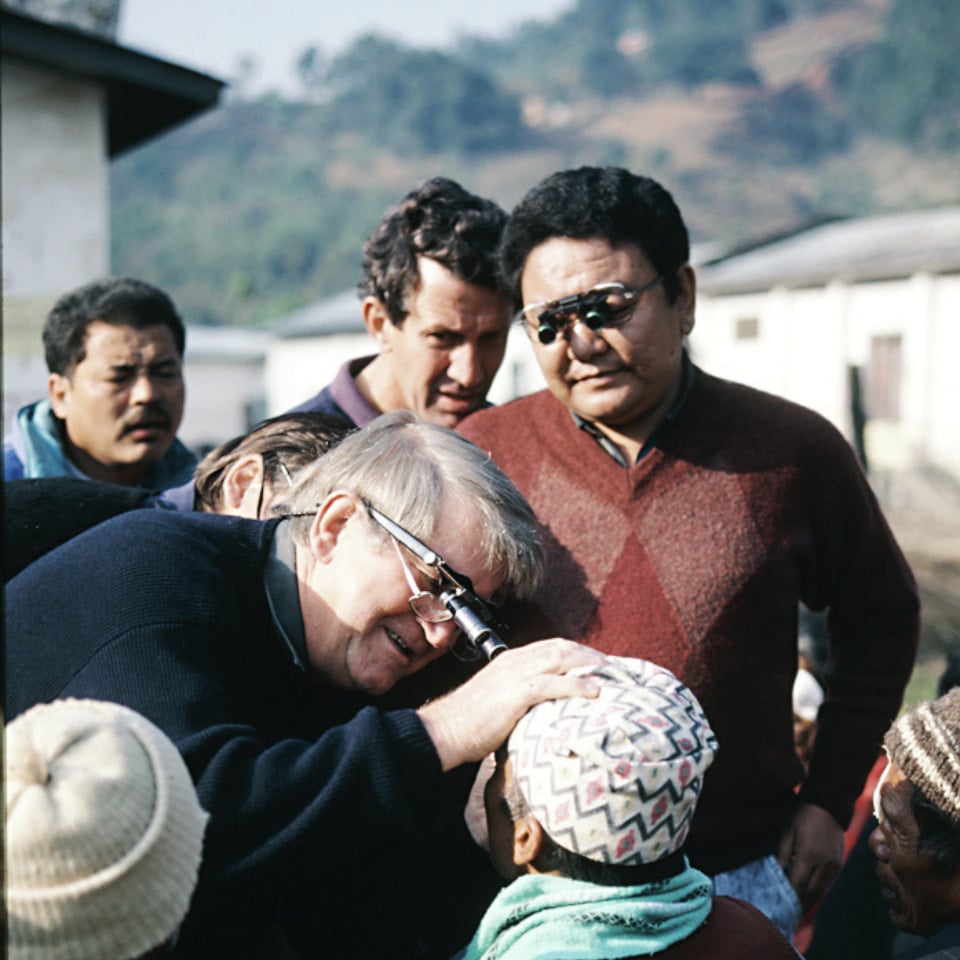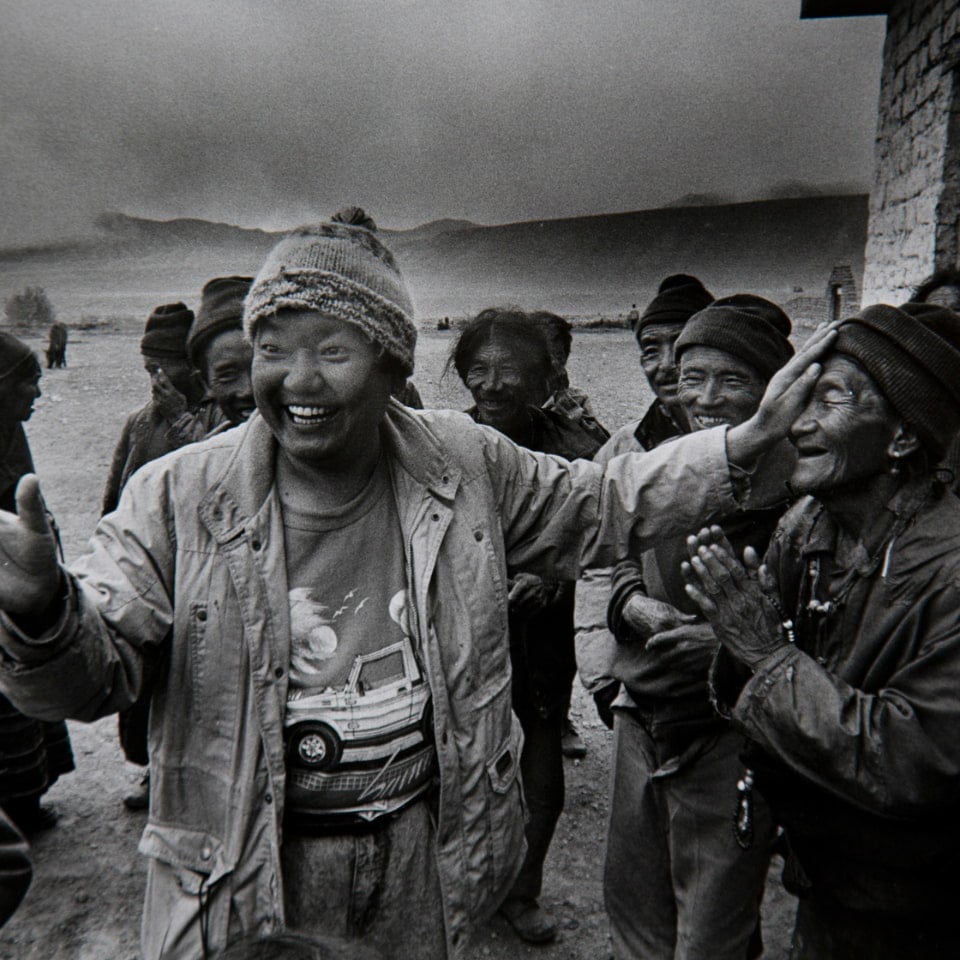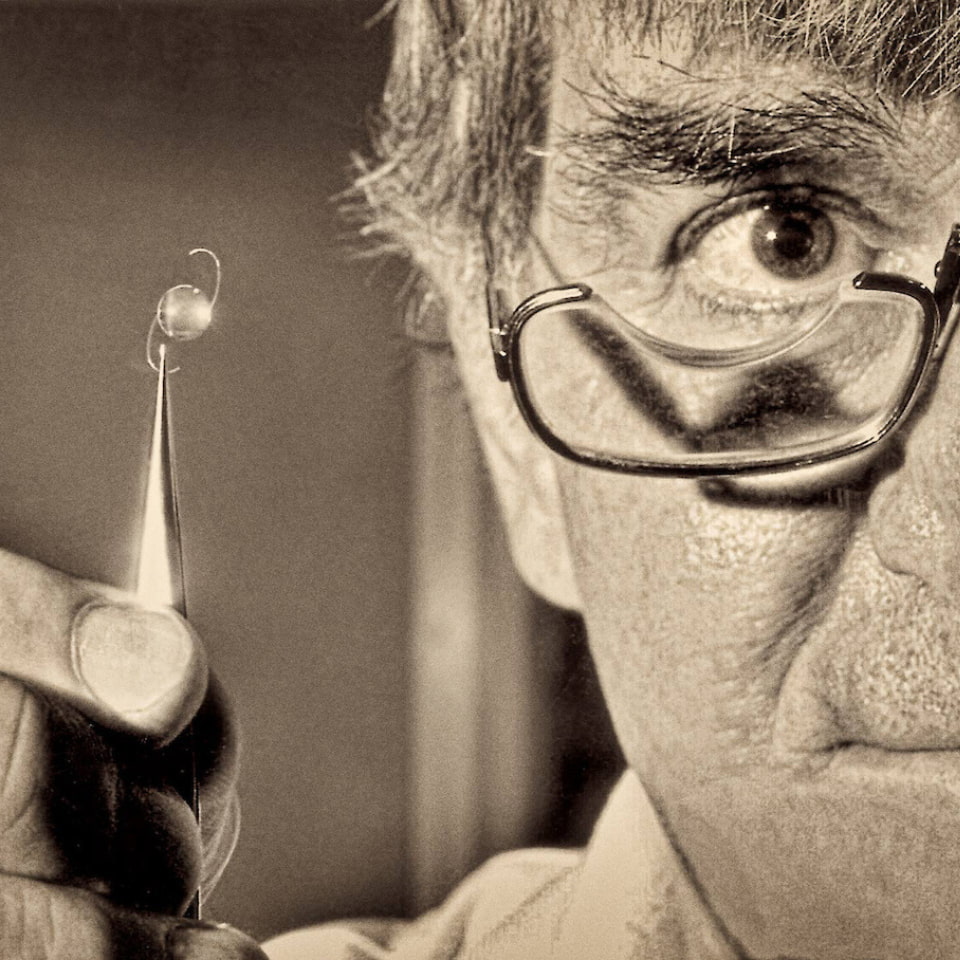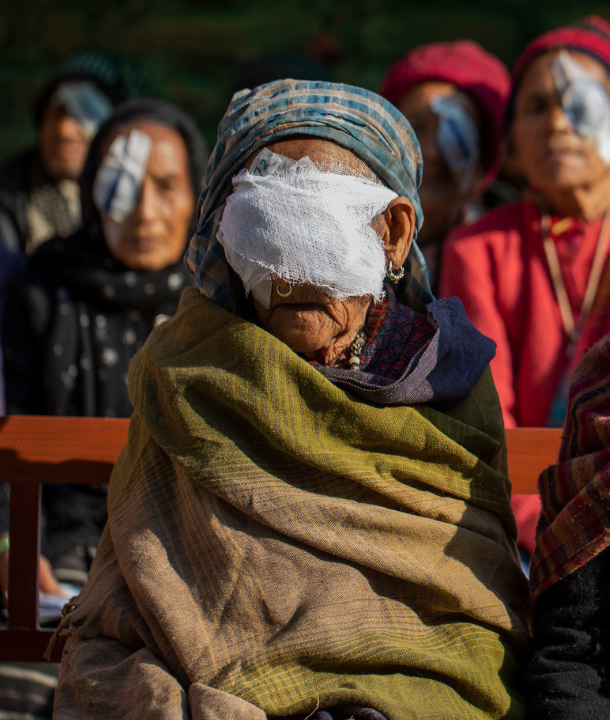
A friendship...
Whatever you call it – fate or coincidence – the meeting of Fred Hollows and Sanduk Ruit was historic: two people who took modern cataract surgery to people in developing countries enabling millions of people around the world to see.
It was in the '80s, while Dr Ruit was working on the Nepal Blindness Survey. Over many nights talking about the world, both men quickly realised they shared the same vision: to bring affordable eye care and modern cataract surgery to people living in Nepal and other developing countries.
Fred got up and said to the WHO (World Health Organisation) boss, 'there will be a time when you start putting intraocular lenses instead of glasses there'. For that time in 1989, it was a big statement.
- Dr Sanduk Ruit

...that changed the world
In 1987-88, Dr Ruit came to Australia to live and train with Fred. At that time, intraocular lenses were considered too expensive, risky and difficult for treating cataract blindness in developing countries.
In those days, cataract surgery in developing countries involved removal of lenses and giving patients thick, bulky glasses to wear for life.
But Dr Ruit and Fred wanted to change this.
And they did.

A revolutionary piece of plastic
When Fred was alive, IOLs were expensive, which meant low-cost cataract surgery was considered an impossibility. However, Fred put the pieces in place to create state-of-the-art intraocular lens factories in Nepal and Eritrea.
The aim was to produce high-quality, low-cost intraocular lenses and meet the needs of the cataract blind in developing countries.
Twenty-five years later, people like Thinles, who otherwise would have been blind forever, have had their sight restored – and it all stems back to the vision that these two friends had.
I think it should be written down in history as a perfect partnership… we have together made lots of landmark changes in the history of ophthalmology and prevention of blindness.
- Dr Sanduk Ruit

A dream realised
Eye camps like the one recently held in Ladakh are a dream realised. Fred and Dr Ruit could never have imagined the scale of what would be achieved 25 years after they shared their vision.
After spending time training with Fred in Australia, Dr Ruit went back to Nepal. In 1994, the Tilganga Institute of Ophthalmology was created and since then, working together, Tilganga and The Fred Hollows Foundation have made landmark changes in the prevention of avoidable blindness.
It's been 25 years and we've been working like a great family.
- Dr Sanduk Ruit, on his relationship with The Foundation
Today, with the help of The Foundation, Tilganga continues to help restore sight to some of the poorest people in Nepal and surrounding countries and provides relief in emergencies like the devastating earthquakes of recent years. And it’s still led by the legendary Dr Ruit.

It's not aid, it's investment
Dr Ruit has performed countless cataract surgeries around the world, but the work we do is not just about individuals.
Over 25 years, we’ve created sustainable programs and have empowered local communities.
In the countries we work, we’ve ensured we help others to help themselves through training, infrastructure and education.
This is a great example of what we initially called aid but now call investment.
- Dr Sanduk Ruit
In Nepal in the past 12 years, this is what you’ve helped us achieve:
- Helping people see - 936,504 eye operations and treatments
- Investing in people - 7,415 people trained
- Equipment and technology - AUD $2,346,362 worth of equipment and infrastructure provided
